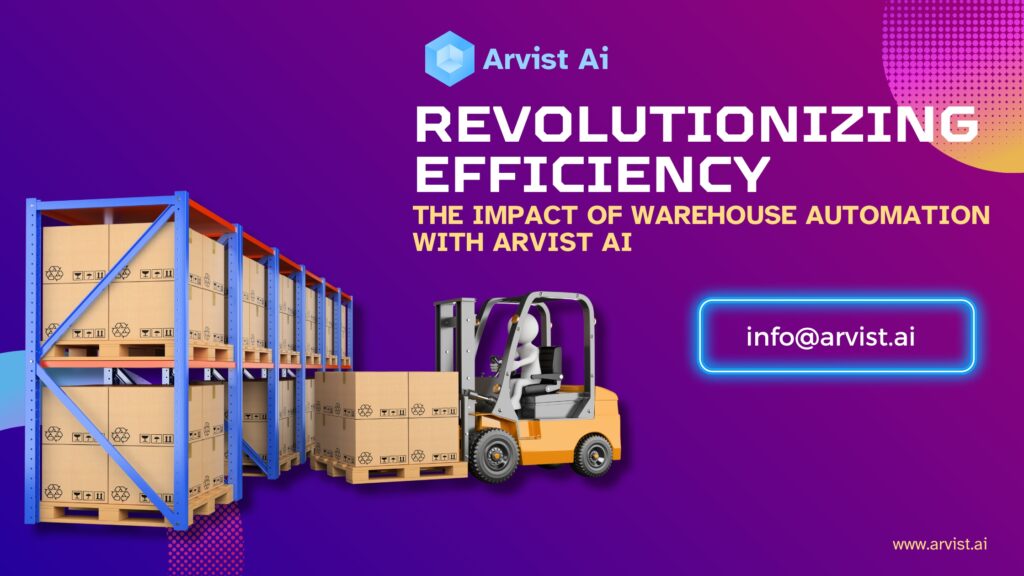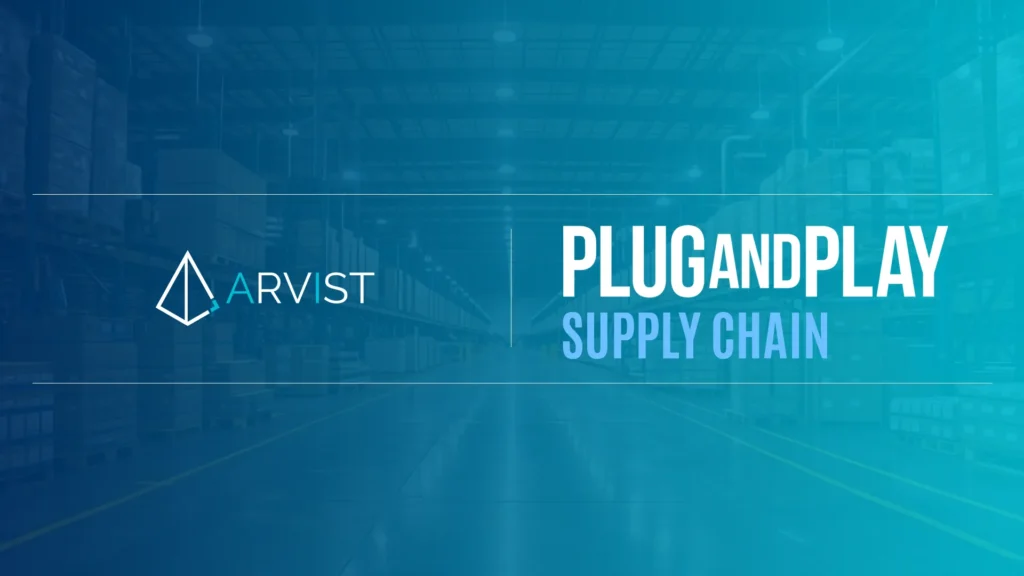Running an efficient warehouse is key to being a good warehouse manager. And, if you’re like most of the managers we know, you’re constantly looking for new ways to improve that efficiency. One such area might be loading dock automation.
Unfortunately, a lot of managers overlook loading dock management. It is the intersection of inbound and outbound logistics, and you might have room for improvement. In fact, that’s probably why you’re here now.
So, let’s look at loading dock challenges, the benefits of automation, and how you can integrate advanced software solutions for optimal efficiency.
Current Challenges in Loading Dock Management
An efficient loading dock should have a continuous flow of goods coming in and goods going out. This should happen like clockwork, thanks to productive systems.
At least, that’s how it should be. Your loading dock may look a little different, but don’t worry – you’re not alone in the following common, traditional loading dock challenges:
1. Inefficient scheduling
Manual scheduling has to be done very carefully. But the human element leaves it prone to errors and the compounding effect of one error leading to more. This, in turn, leads to underutilized docks, conflicts, and dreaded delays.
2. Excessive waiting times
Likewise, failure to maintain a smooth flow of traffic leads to extensive waiting times, where occupied docks can wind up costing you.
3. Safety risks
25% of industrial accidents are from shipping and receiving operations alone. From a safety perspective, relying on manual processes could potentially increase risk as compared to automated safety precautions.
While there are more factors we could cover, even just a few of these working together can contribute to significant delays, reduced productivity, a decline in customer satisfaction, and a lower bottom line for your business.
4. Quality Checks
Checking for quality before sending products out is common practice in a lot of warehouses. But common picking errors, wrong entries in WMS and conducting quality checks manually usually leads to backlog of products leaving the loading dock, creating bottle necks. Solutions like Arvist‘s cell phone based quality check can alleviate those problems almost instantaneously.
Benefits of Loading Dock Automation
Before we go into more detail about this process, let’s flip the script and look at how automation can help solve the above-mentioned problems.
1. Enhanced scheduling and coordination
Automated systems are able to streamline the scheduling process using algorithms and preset parameters. These might include shipment arrival times, how to prioritize shipments, and which docks are available at any given time.
This automation leads to increased accuracy with real-time updates and optimizations, allowing for seamless communication between personnel and fewer miscommunications and delays.
2. Reduced waiting times
One key benefit of automating your loading dock procedures is automated check-in systems. These enable you to alert warehouse staff as soon as drivers arrive thanks to digital, automatic registration.
By using an automated check-in process, you can minimize delays and improve turnaround times. Plus, reduced waiting times mean happier drivers and a lower risk of costly detention fees.
3. Improved safety
Safety is especially important at loading docks. Thankfully, automation makes monitoring and preventing accidents easier. An automated system uses real-time monitoring and alerts that inform staff of potential safety hazards.
For example, these alerts might be improperly loaded goods, forklift clearance issues, lack of PPE, or blocked walkways.
You can use this information to improve your safety standards and protocols to prevent future accidents and ensure compliance.
Two Ways You Can Implement Automated Systems
There are two options for implementing loading dock automation: deploy a new, hardware or IoT based system or implement a system that utilizes your existing infrastructure. Let’s take a closer look at each option.
1. Hardware or IoT based system
With this option, you’ll be installing an automated system with new hardware, such as cameras, sensors, and (maybe) robotics. It comes with a heavy investment price tag but is generally very accurate and fast. This option is costly not just in hardware costs but with a long installation times which can lead to warehouse downtime.
Another issue is companies might push you towards long-term contracts, inciting higher phantom costs, and limited flexibility over time.
If you’re looking for the highest quality and newest tech, this might be worth the price for your business. But it will cost you quite a premium, so be prepared.
2. Use your existing infrastructure
Or you could consider the alternative, which is getting the same quality of automated system at a fraction of the cost. How? By using the cameras and infrastructure that are already in place at your warehouse.
This option deploys much quicker, is less disruptive, and doesn’t require you to invest heavily in new equipment. You’ll still get to enjoy the benefits of real-time monitoring, predictive maintenance, and operational insights to help you improve your efficiency. In turn, you get a faster return on your investment and the option to scale as necessary. All without committing to a complete system overhaul.
How Arvist AI Can Help
If you’re contemplating investing in automated systems for your loading dock, but are unsure about the implementation or the cost of installing new systems, we can help.
Arvist AI uses your existing infrastructure so you can automate your loading dock affordably. As mentioned previously, this also means you’ll be able to get these systems up and running faster, without massive disruptions to your supply chain.
Then, once installed, you’ll be able to leverage predictive AI paired with real-time data points to reach levels of efficiency that simply aren’t possible through manual processes. With increased efficiency and safety, your warehouse can increase its throughput, reduce waiting times (and detention charges), and create happier customers and partners.
Whether you’re ready to move forward today or want to consider future implementation, reach out to us today so you can achieve maximum efficiency tomorrow.





